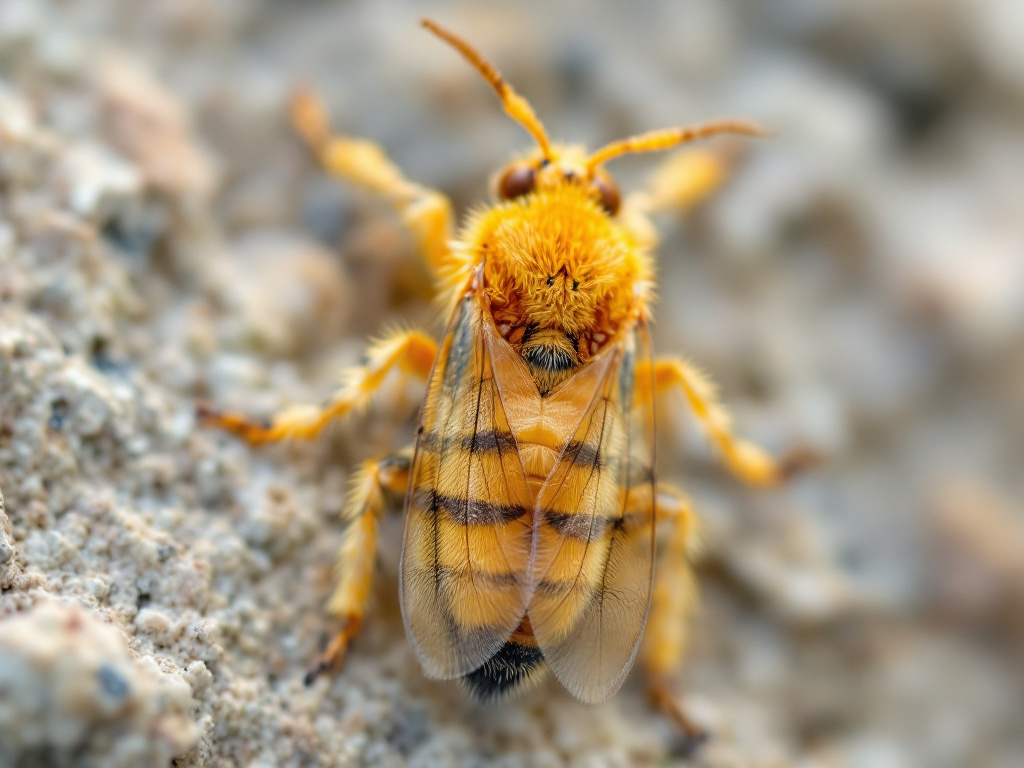Image generated by flux-ai.io & content generated by ChatGPT Version 4o-mini
Local Agriculture on Alert: The Threat of the Light Brown Apple Moth
Residents of Holmes County, Florida, should be aware of a potential agricultural threat that could affect local farms and orchards. The light brown apple moth (LBAM), a pest originally from Australia, has been identified as a significant threat to crops, including apples, grapes, and citrus fruits. Although this moth is currently not established in Florida, understanding its biology and the risks it poses can help protect our local agricultural community.
What is the Light Brown Apple Moth?
The light brown apple moth is a small insect, about the size of a dime when its wings are folded, and is recognized by its yellow-brown coloration with dark markings. This pest has a voracious appetite, feeding on over 120 types of plants, including many fruits and ornamental plants. In its larval stage, the caterpillars create “leaf rolls,” which damage leaves and can even tunnel into fruits, making them unmarketable. For farmers in Holmes County, this could mean significant financial losses if these pests were to infest local crops.
Why Should We Care?
Holmes County is known for its agricultural production, particularly in crops like corn, cotton, and peanuts, as well as cattle farming. If the light brown apple moth were to arrive here, it could threaten not only fruit crops but also ornamental plants that beautify our communities. The USDA estimates that damage from this pest could reach over $118 million in high-risk areas, particularly affecting local farms that produce apples, oranges, and grapes—crops that are staples in many Florida farms.
The Life Cycle of the Moth
Understanding the life cycle of the light brown apple moth can help in its control. The moth goes through four stages: egg, larva (caterpillar), pupa, and adult. A female moth can lay between 300 and 1,500 eggs on the leaves of host plants, which hatch into hungry caterpillars in just a few days. These larvae feed voraciously, causing significant damage before maturing into adult moths that can fly and spread to new areas.
Current Efforts to Combat the Pest
Currently, the light brown apple moth has been found in California, where it has disrupted local agriculture. In response, California’s Department of Food and Agriculture has implemented eradication programs that include trapping, monitoring, and releasing sterile males to prevent reproduction. These strategies could be crucial if the moth were to be discovered in Florida.
What Can Residents Do?
Residents in Holmes County can play a role in protecting local agriculture by staying informed. If you see unusual moths or signs of pest damage in your gardens or farms, report them to the Florida Department of Agriculture and Consumer Services. Early detection is vital to managing and eradicating any potential infestations before they spread.
Conclusion
While the light brown apple moth is not currently a threat in Florida, its potential arrival could pose significant risks to our local agriculture. By staying vigilant and informed, we can help protect Holmes County’s farms and the livelihoods of those who work them. Supporting local agriculture not only ensures food security for our community but also preserves the beautiful landscapes and traditions that make Holmes County a unique place to live.
References
EENY 469/IN841: Light Brown Apple Moth, Epiphyas postvittana (Walker) (Insecta: Lepidoptera: Tortricidae). (n.d.). Ask IFAS – Powered by EDIS. https://edis.ifas.ufl.edu/publication/IN841

